Genoa
Data from the Genoese source material
See the User Guide Read the Case Studies View all Genoese Voyages
The Genoese Sources
Genoa was the capital of the Genoese republic, an independent state and an aristocratic republic from 1528 to 1797 in Liguria, on the northwestern Italian coast. It incorporated Corsica from 1347 to 1768.
In the Middle Ages, Genoa was a maritime republic and one of the main European port cities, with numerous other territories throughout the Mediterranean and the Black Sea. During the Early Modern age, it was a leading centre of international finance and a great hub of maritime trade. The importance of Genoa, of its port and its trade in these centuries were the reasons why many General Averages were declared here. Luckily, a large part of this documentation survived.
A General Average case in Genoa could be essentially made of a report made by the captain, which could be called Testimoniale or Consolato, and a calculus. Three experts in charge of the evaluation of the ship, the freight and the cargo, wrote the calculus.
All these documents are in the Genoa State Archive (http://www.archiviodistatogenova.beniculturali.it/), in the Conservatori del Mare or Notai Giudiziari archival collections. Professor Giuseppe Felloni, of the University of Genoa, made a first database attempt of Genoese General Averages. During the 80s, he and his team recorded more than 3.000 GAs on paper cards. This was only a small portion of the archival documents.
Conservatori del Mare: it was the magistracy in charge for civil and penal cases with maritime jurisdictions. It also had authority on several administrative procedures linked to the port activity. A captain had to report his average to them, in the first place. Then the chancellor could nominate the experts in charge for the Calculus.
Notai Giudiziari: all judicial acts from 1377 to the XIX century are in this archival collection. In Genoa, a notary was in charge of the redaction of a GA, from the order of execution to the final calculus and repartition. Even if the procedure was ordered and approved by the Genoese Civil Rota, each notary kept these documents in his archive. Some of them were specialised in GA and their folder is labelled Atti dei Calcolatori (calculator’s acts).
Such events were often recorded meticulously once the ship arrived back in port, as they were the basis for fiery debates between merchants and crew members about who should bear the losses. These records provide us with rich information about maritime trade and navigation.
View the reports from the Genoese archive
Case Studies
The voyage of the San Giacomo in 1639
A collision with another ship in the port of loading
An English captain led a voyage from London to Genoa/Livorno loaded with lead, iron and other merchandise. The vessel suffered a collision with a Scottish ship in the port of loading and was further hampered by stormy seas forcing it to wait in London before beginning it's voyage. When it did get underway, more storms were encountered near Maiorca.
This is a good example of a very detailed calculus with the names of the Genoese and probably Dutch and English merchants.
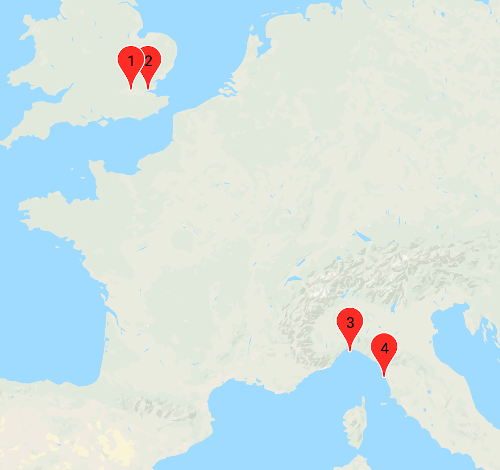
The voyage of an unknown ship captained by Santino Fugone in 1697
Attacked by French pirates!
This unknown vessel loaded with Sardinian cheese sailed from Porto Torres. It were attacked and plundered by French pirates near Bastia off the coast of Corsica.
There is no calculus for this case, but the report's transcription is really interesting and rich of narrative details.
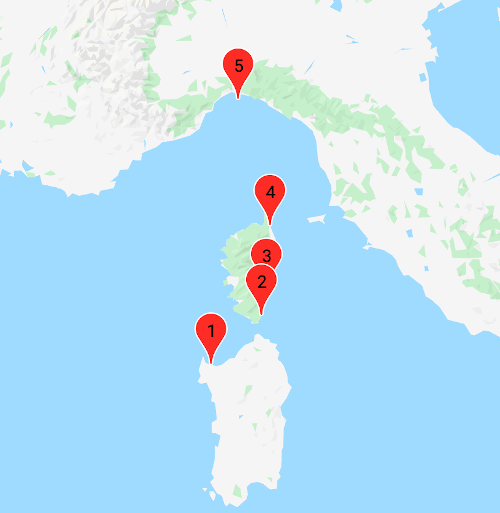
The voyage of the Nostra Signora di Misericordia in 1698
Loss of the vessel's small boat
Loaded with salt, the Nostra Signora di Misericordia sails from Genoa to Ceriale. However, Stormy seas were encountered along the way and a collision with another ship led to the loss of the vessel's small boat.
Again, no calculus is present but the report’s transcription is interesting and rich of narrative details.
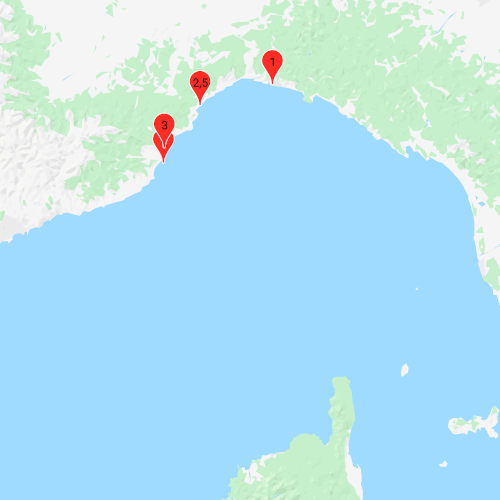
The voyage of the La Madonna del Buon Ritorno e l'Anime del Purgatorio in 1697
An example of the 'cabotage' trade
The ship leaves Genoa without cargo to look for cereals in Sicily. It sails to Cagliari and Palermo but doesn’t find anything. Finally, it loads salt in Trapani. They refuge in Naples but the Spanish authorities force them to unload the salt and load oars for the royal galleys. Near Scalea the ship is sunk because of the bad weather.
No calculus, but the events in the transcription are interesting and there are many legs.
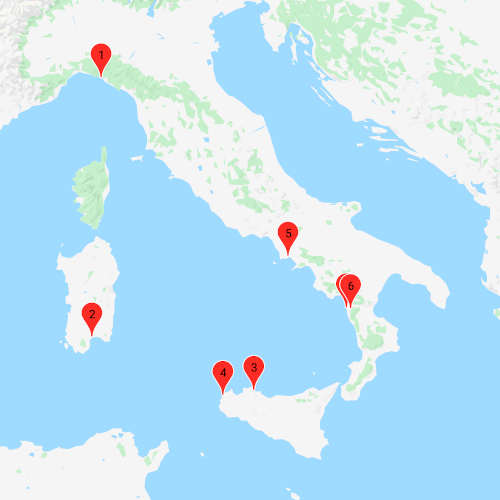
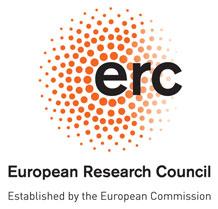
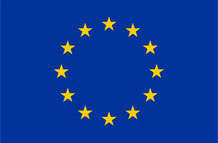
This project has received funding from the European Research Council (ERC) under the European Union’s Horizon 2020 research and innovation programme under grant agreement No 724544
Image Acknowledgements
Republic of Genoa map by Homann Erben [Public domain], via Wikimedia Commons